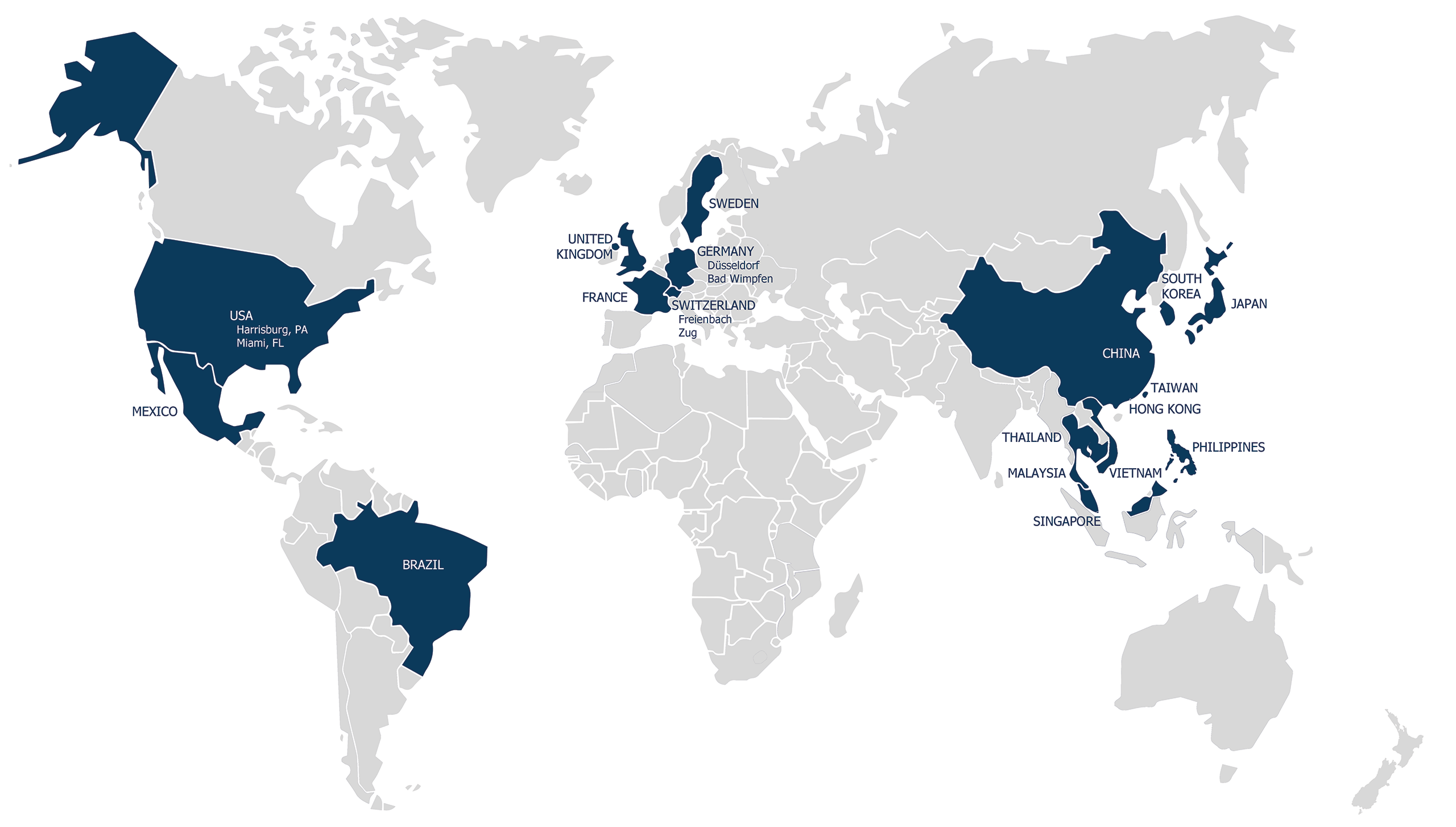How can Templates Help Your Company Align with the Different Levels of Compliance?
Table of Contents
CloseCompliance can be described as a state of aligning with and meeting the rules and standards of a given organization or industry. Staying compliant is important to every company and is often a focal point for multinationals. This is because, aside from internal and industry compliance requirements, operating in a new country often ushers in a new set of specific requirements. SAP’s ERP suite is built to support 180 country and region-specific requirements. However, how your ERP ecosystem is implemented plays a big role in how streamlined and effective your corporate compliance program will be.
For most companies, staying compliant is a good way to avoid losing chunks of their yearly profit to costly fines. However, there are several other benefits you stand to gain by staying compliant, especially with a template-based 2-tier ERP strategy. To get a deeper understanding of these benefits, we must first understand the different levels of compliance.
The Different Levels of Compliance When Running a Global Business
When we talk about compliance in the context of a global business, there are 3 levels that need to be taken into consideration;
- Local compliance, which is often specific to the countries in which subsidiaries are established
- Global compliance, which is specific to the country in which the headquarters is located. Examples include consolidation accounting rules such as US GAAP, SOX, etc
- Internal compliance is not mandated by the headquarters or subsidiary country but is rather a set of internal guidelines for all entities, established by the corporation. Examples include User password complexity, employee code of conduct, asset use, etc.
In contrast to the former which is exclusively for internal use, global compliance can sometimes be aimed for external use as well, by suppliers for example. A template-based approach usually comes in handy for the last 2 levels of compliance as these are often universal requirements, with a few changes depending on the country, as opposed to the first level which varies greatly by country.
How can a template-based ERP implementation help prevent compliance slip-ups and what other benefits does it offer? Keep reading to find out!
How a Template-Based ERP Implementation Helps with Compliance
As Olli Kylänpää, our Regional Director for the APAC region rightly points out, due diligence demands that companies, thoroughly vet and verify their customers and suppliers upon registration. It is not uncommon to take into consideration where these companies are blacklisted, the accuracy of their finances, and several other factors.
In terms of internal compliance, a template can help prevent transactions with unauthorized companies, as is the case with LORD, which has an established vetting process, supported by a template-based 2-tier ERP strategy.
“In this context, having a template preventing the creation of customers or suppliers means subsidiaries cannot transact with customers or suppliers that have not been properly vetted. This already facilitates internal compliance greatly. An example involving global compliance which is aimed externally and stipulated by the headquarters is of course met with their chart of accounts requirements and the accounting practices which have to be followed when creating and consolidating entries within SAP Business One. This creates uniformity in monthly financial statements which is indispensable for external audits and transactions.” added Olli.
Consistency and Efficiency Thanks to the Right ERP Approach
For most listed companies, external audits are expected. This is often prefaced by rigorous internal audits aimed at improving operations as well as preparing for external audits. What distinguishes a company operating a template-based ERP strategy from others is the ease with which anomalies are spotted and remedied, on a regional and global level.
Indeed, in the absence of a consistent template, different countries often present varying results and as such, varying challenges. For a country manager dealing with a single audit, effecting the necessary changes might appear simple. However, for a regional manager overseeing several countries, like Eddy Chan, Head of IT - Parker LORD Asia Pacific, a variation in the remediation effort needed to improve things could mean putting a stop to or slowing down other value-added projects.
“Having these templates definitely puts in consistent processes, evidence, and documentation for compliance in domains such as sox audits, user access control, change controls, and other controls like backup, physical access to the servers, and all that. If you have the same template and the same way of doing things, instead of implementing 10 different changes, you’ll simply be implementing the same changes across 10 different countries.”
Choosing the Right SAP Partner for Your 2-Tier ERP Implementation
While local compliance requirements are usually country-specific and vary greatly, choosing the right SAP implementation partner is often the key to staying aligned.
be one solutions is a global partner, with local knowledge in 60 countries, having implemented all across the globe during our 14 years of existence.
Our SAP consultants with knowledge of local taxation laws, rules, and regulations, have many years of experience in guiding companies like LORD. We specialize in blueprints and customized ERP templates and know how to take country-specific variations into account.
You won’t want to miss be one solutions‘ next webinar. Add your email address to be notified :
Please select your language
Welcome on be one solutions‘ websites.
Please select your language.





